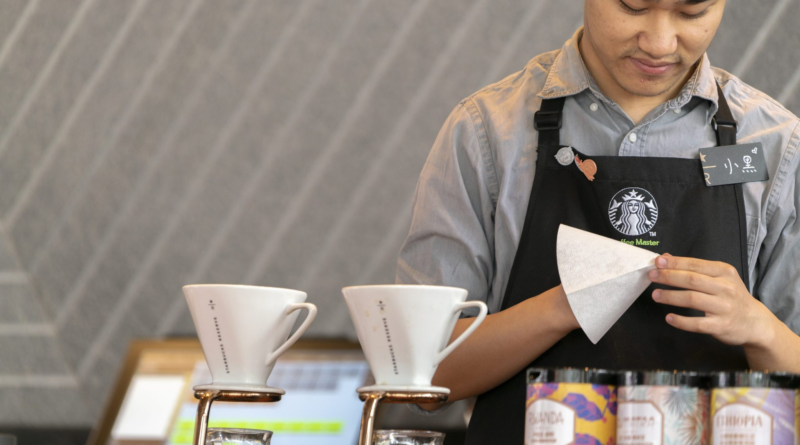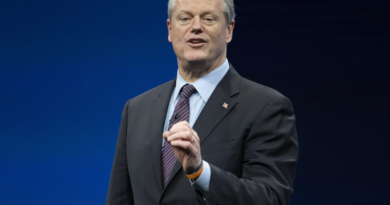Thanks to poor company performance, Starbucks employees won’t be getting their full bonuses this year—and some won’t even get merit raises
Many Starbucks employees will find their annual bonus checks noticeably lighter this year. After a dismal fiscal year, the coffee chain’s corporate workers will receive 60% year-end bonuses, Bloomberg first reported.
The annual payouts, doled out in December, are based on both individual and company performance, but a whopping 70% is dependent on operating income and net revenue. About 30% of annual bonuses are based on inclusion and diversity goals and personal performance. This past year, Starbucks’ revenue stagnated, growing less than 1%, while operating income faltered about 8%. While some workers will be eligible for merit raises, senior and executive management will not. Fortune confirmed Bloomberg’s report.
The bonus hit comes after the company altered its compensation plan for fiscal 2023. The company now bases 70% of bonus awards on financial performance, compared to 50% in fiscal 2022, and only 15% on individual performance, compared to 30% previously.
As for new CEO Brian Niccol, his $23 million annual equity award is locked in. According to an amended offer letter dated Nov. 19, Niccol will get the millions he was promised when he accepted the job in August. The Starbucks board amended his agreement to include this new note: “The Board will have the authority to adjust the target value of your annual equity award after FY25, based on your performance.” It explicitly gives the board discretion to adjust Niccol’s annual payout up or down next year, while guaranteeing his $23 million award for fiscal 2025—just in time for the holidays.
Meanwhile, Starbucks has struggled to remain the go-to coffee spot for busy commuters or remote workers and has been hobbled by cautious consumers cutting back on their out-of-the-house caffeine fix. In Niccol’s first earnings call since he became CEO in September, the company cut its guidance after a weaker-than-expected quarter, with same-store sales—referring to sales at stores open at least a year—falling 6% in the U.S. during the quarter, and ultimately dipping 2% over the course of the fiscal year. It’s the first same-store sales loss since it was crushed by the pandemic in 2020 with a 9% drop in the metric in the U.S. over the fiscal year.
The coffee chain has been beleaguered by long lines and complicated custom orders with ballooning price tags, thanks to myriad add-ons. In April, former CEO Laxman Narasimhan identified intense, early-morning traffic as a hindrance to the company, as customers grew frustrated with long lines and dwindling product available, some even abandoning their orders.
Starbucks’ woes ultimately culminated in losing its charm as a warm and comfortable place to sip coffee.
“We’re getting back to Starbucks,” Niccol wrote in an open letter on his first day as CEO. “We’re refocusing on what has always set Starbucks apart—a welcoming coffeehouse where people gather, and where we serve the finest coffee, handcrafted by our skilled baristas.”
Starbucks renaissance
Starbucks has already implemented cultural and logistical changes in stores to return to its vibes of yore. The company announced plans in July to continue investing in technology and work systems to optimize drink production. The strategy is the bedrock of Niccol’s ultimate goal to offload the burden of baristas juggling a rush-hour stream of drinks and get them to customers faster.
Niccol diagnosed Starbucks’ extensive menu as a stumbling block to this goal and plans to cull elaborate drinks and some menu items. The chain is eliminating the line of olive oil-based drinks founder Howard Schultz introduced early last year. Condiment carts, removed during the pandemic over safety concerns, will also return to stores so customers can pour their own milk and sugar into their drinks.
“We have to strike a balance to make sure we protect the integrity of the drink, the integrity of the experience, and give people, still, the experience that they’re after,” Niccol said in a CNBC interview last month.
Niccol’s proposed changes to the chain go beyond optimization. There’s also hope that Starbucks respawns as a cozy third space and not just a quick stop for a frazzled commuter. Starbucks will collect hundreds of thousands of Sharpies to revive the tradition that has waned since 2012 of baristas writing customers’ names on their paper cups. The company will also add ceramic mugs and comfier chairs to its stores.
“I think there’s a lot of just simple things that go a long way of saying, ‘You know what? This is a community place, this is a special place where people are here to connect,’” Niccol said in an October earnings call.



